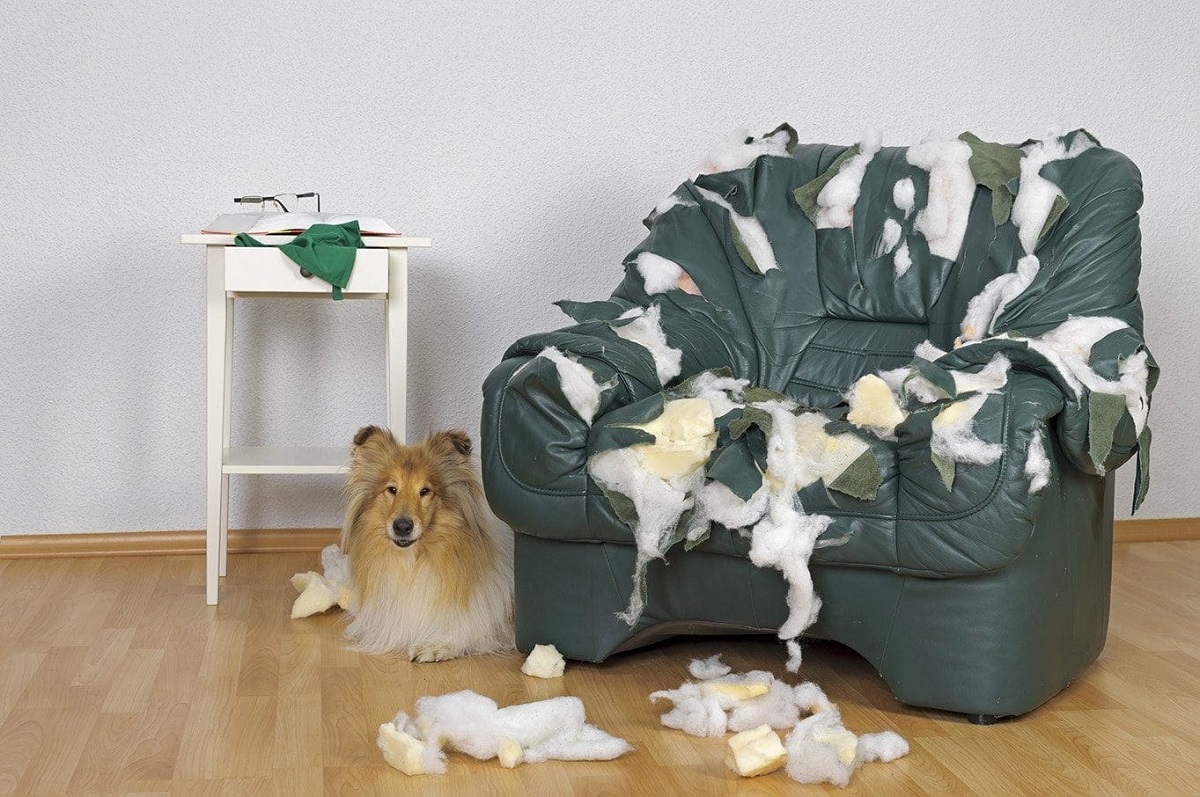

Articles
How To Stop Dogs From Chewing On Furniture
Modified: January 19, 2024
Discover effective methods to prevent your dogs from destructive chewing on your furniture. Follow our expert tips and save your beloved pieces from damage.
(Many of the links in this article redirect to a specific reviewed product. Your purchase of these products through affiliate links helps to generate commission for Storables.com, at no extra cost. Learn more)
Introduction
Welcome to our guide on how to stop dogs from chewing on furniture. If you’re a proud dog owner, you may have experienced the frustration of coming home to find your furniture chewed up by your furry friend. While chewing is a natural behavior for dogs, it can become a problem when they target your precious furniture.
In this article, we will explore the reasons why dogs chew on furniture and provide you with practical tips on how to redirect this behavior. By understanding the underlying causes and implementing appropriate strategies, you can create a harmonious living environment where your dog can enjoy their chew toys without causing any damage to your furniture.
It’s important to remember that dogs chew for a variety of reasons, including teething, boredom, anxiety, and a need for mental and physical stimulation. By addressing these underlying causes and providing alternative outlets for your dog’s chewing behavior, you can effectively prevent them from turning to your furniture as their chew toy of choice.
We will also discuss the importance of creating a dog-friendly living space that is both safe and enjoyable for your four-legged companion. Alongside practical tips, we will explore the use of deterrents and training techniques that can teach your dog to leave the furniture alone.
It’s essential to note that while most furniture chewing can be resolved through training and environmental modifications, there may be cases where professional help is needed. We will touch on when it may be appropriate to seek the assistance of a professional dog trainer or behaviorist.
So, whether you are dealing with a puppy going through their teething stage or an adult dog with a long-standing furniture-chewing habit, this guide will provide you with the tools and knowledge to successfully address the issue. Let’s dive in and help you keep your furniture safe from your furry friend’s destructive chewing behavior!
Key Takeaways:
- Understanding the reasons behind your dog’s furniture chewing, providing appropriate chew toys, and creating a dog-friendly living space can effectively redirect their behavior and promote a peaceful, chew-free home.
- Keeping your dog mentally and physically stimulated, using deterrents and training techniques, and seeking professional help if necessary are crucial steps in addressing and preventing furniture chewing behavior.
Read more: How To Stop Dogs From Peeing On Furniture
Understanding why dogs chew on furniture
Before we can address the issue of dogs chewing on furniture, it’s important to understand why they engage in this behavior. Chewing is a natural instinct for dogs and serves various purposes throughout their lives.
For puppies, chewing is a crucial part of their development. It helps with teething as their adult teeth begin to emerge, providing relief from discomfort. Chewing also helps puppies explore their environment, learn textures and tastes, and strengthen their jaw muscles.
In adult dogs, chewing can be a result of boredom, anxiety, or a need for mental and physical stimulation. Just like humans, dogs can become bored when their environment lacks stimulation or when they are left alone for extended periods. In some cases, chewing becomes a way for dogs to alleviate stress or anxiety, providing them with a sense of comfort.
It’s also worth mentioning that some breeds are more predisposed to chewing than others. Working breeds or dogs with high energy levels, such as border collies or Labrador retrievers, may exhibit excessive chewing behaviors if they don’t receive enough exercise or mental stimulation.
Understanding the underlying reasons for furniture chewing in dogs is the first step towards effectively addressing the issue. By targeting the root cause of the behavior, we can redirect their chewing instincts to more appropriate outlets and save our furniture in the process.
In the following sections, we will delve deeper into the common reasons behind furniture chewing and provide you with practical tips to help redirect your dog’s chewing behavior.
Identifying common reasons for furniture chewing
To effectively address the issue of dogs chewing on furniture, it’s crucial to identify the common reasons behind this behavior. By understanding the root cause, we can implement targeted strategies to redirect their chewing instincts.
Teething: Puppies go through a teething phase, typically between the ages of 3 and 7 months, where they experience discomfort as their adult teeth erupt. Chewing helps alleviate this discomfort, and unfortunately, our furniture can become their target.
Boredom and lack of stimulation: Dogs are intelligent creatures that require mental and physical stimulation to thrive. When they don’t receive enough exercise, playtime, or mental enrichment, they may resort to chewing as a way to alleviate boredom.
Anxiety and stress: Just like humans, dogs can experience anxiety and stress. Separation anxiety, changes in the household, or loud noises can trigger these emotions, leading to destructive chewing behaviors as a coping mechanism.
Lack of appropriate chew toys: Providing your dog with appropriate chew toys is essential. If they don’t have access to engaging and durable chew toys, they are more likely to turn to your furniture as an alternative.
Attention-seeking or seeking comfort: Some dogs may resort to chewing on furniture as a way to gain attention or comfort. If they have learned that chewing gets them attention or provides a sense of security, they may continue the behavior.
By closely observing your dog’s behavior, you can gain insight into the specific reasons behind their furniture chewing habit. This knowledge will enable you to tailor your approach and address the root cause effectively.
In the next sections, we will discuss practical strategies to provide appropriate chewing alternatives, keep dogs mentally and physically stimulated, create a dog-friendly living space, and use deterrents and training techniques to prevent furniture chewing. Let’s dive in!
Providing appropriate chewing alternatives
One of the most effective ways to prevent dogs from chewing on furniture is to provide them with appropriate and enticing chewing alternatives. By redirecting their chewing behavior to acceptable items, you can save your furniture from destruction. Here are some tips to help you provide appropriate chewing alternatives for your furry friend:
1. Choose durable and safe chew toys: Invest in sturdy, durable, and dog-safe chew toys that are designed to withstand vigorous chewing. Look for options made of rubber, nylon, or natural materials like rawhide or antlers. Avoid toys that can be easily torn apart and swallowed.
2. Rotate the toys: Dogs can quickly get bored with their toys if they have access to them all the time. Rotate the chew toys to maintain their novelty and interest. This will keep your dog engaged and less likely to seek out furniture to chew on.
3. Offer a variety of textures: Dogs have different preferences when it comes to chewing. Provide a range of textures, such as soft, hard, and rough, to cater to their individual preferences. This will ensure they find their chew toys more appealing than your furniture.
4. Stuff chew toys with treats: Make the chew toys more enticing by stuffing them with treats or food. This will provide an additional incentive for your dog to chew on their toys instead of your furniture. There are specific toys designed for stuffing, or you can use puzzle toys to challenge your dog mentally.
5. Use flavored chew toys: Some chew toys are infused with flavors like bacon or peanut butter, which can make them more enticing for your dog. The appealing taste will encourage them to focus their chewing efforts on these toys rather than your furniture.
6. Reward appropriate chewing: Whenever you catch your dog chewing on their toys instead of your furniture, praise and reward them. Positive reinforcement will reinforce this behavior and increase the likelihood of them choosing their toys over your valuable belongings.
7. Supervise and redirect: During the initial stages of training, it’s essential to supervise your dog closely and redirect their attention whenever they show an interest in chewing on furniture. Redirect them to their chew toys and offer praise when they choose the appropriate chewing alternative.
Remember, consistency is key when providing appropriate chewing alternatives. It may take time for your dog to understand that their toys are the preferred option, but with patience and perseverance, you can successfully redirect their chewing behavior.
In the next sections, we will explore ways to keep dogs mentally and physically stimulated and create a dog-friendly living space to prevent furniture chewing. Let’s continue our journey to a chew-free home!
Keeping dogs mentally and physically stimulated
Many cases of furniture chewing stem from dogs not receiving adequate mental and physical stimulation. Boredom can lead dogs to seek alternative activities, such as chewing on furniture. By providing enriching activities, you can keep your dog’s mind and body engaged, reducing the likelihood of destructive chewing. Here are some tips to keep your dog mentally and physically stimulated:
1. Regular exercise: Make sure to provide your dog with daily exercise to help burn off excess energy. Depending on your dog’s breed and age, this may involve walks, runs, fetch games, or interactive play sessions. Aim for at least 30 minutes to an hour of physical activity each day.
2. Mental stimulation: Engage your dog’s mind with puzzle toys, treat-dispensing toys, or interactive games. These activities require problem-solving skills, keeping your dog mentally stimulated and less likely to turn to furniture chewing out of boredom.
3. Training sessions: Training provides mental stimulation for dogs while strengthening the bond between you and your furry companion. Teach them new tricks or practice obedience commands during short daily training sessions. This mental challenge will tire them out and keep their focus away from furniture.
4. Scent games: Dogs have an incredible sense of smell, and engaging their noses can be highly stimulating. Hide treats or toys around the house or use interactive feeding devices that require your dog to sniff out their food, providing mental and sensory stimulation.
5. Playdates and socialization: Interacting with other dogs and people is essential for your dog’s mental well-being. Arrange playdates with other well-behaved dogs or take your dog to a dog park where they can socialize and engage in stimulating interactions.
6. Rotate toys and activities: Just like humans, dogs can get bored with the same toys and activities. Rotate their toys, introduce new ones periodically, and vary their playtime activities to keep things interesting and engaging.
7. Enrich their environment: Create an enriching environment by providing different textures, sounds, and scents. Use puzzle feeders, interactive toys, and treat-dispensing balls to make mealtimes more engaging and mentally stimulating for your dog.
By incorporating these strategies into your dog’s routine, you can ensure they receive the mental and physical stimulation they need. A content, well-exercised dog is less likely to resort to furniture chewing out of boredom or frustration.
In the next section, we will discuss the importance of creating a dog-friendly living space to discourage furniture chewing. Let’s continue our journey to a chew-free home!
Provide plenty of appropriate chew toys for your dog to redirect their chewing behavior away from the furniture. Also, consider using bitter apple spray on the furniture to deter them from chewing.
Creating a dog-friendly living space
Creating a dog-friendly living space is essential to prevent furniture chewing and promote a harmonious environment for both you and your furry friend. By making a few simple adjustments, you can ensure that your dog is comfortable, engaged, and less likely to turn to your furniture as a source of entertainment. Here are some tips to create a dog-friendly living space:
1. Provide a designated chewing area: Set up a specific area in your home where your dog can safely indulge in their chewing behavior. This can be a cozy corner with a comfortable bed and their favorite chew toys. Encourage them to use this designated area by praising and rewarding them whenever they choose it over the furniture.
2. Use covers or protectors: If there are specific pieces of furniture that your dog is particularly drawn to, consider using covers or protectors to create a barrier between them and your dog. This will help safeguard your furniture while you work on redirecting their chewing behavior.
3. Remove temptations: Keep tempting items like shoes, pillows, or blankets out of your dog’s reach. Remove any objects that might resemble toys or encourage chewing behavior from their surroundings. By eliminating these temptations, you can reduce their urge to chew on inappropriate items.
4. Gate off restricted areas: If you have areas in your home where you don’t want your dog to have access, use baby gates or barriers to prevent them from entering. This way, you can create safe zones and limit their opportunities for furniture chewing.
5. Supervise and redirect: When you’re at home, actively supervise your dog to prevent them from engaging in unwanted chewing behavior. If you catch them in the act, calmly redirect their attention to an appropriate chew toy and provide positive reinforcement when they choose it over the furniture.
6. Consider crate training: Crate training can be an effective way to keep your dog confined when you’re unable to supervise them. Create a comfortable and secure space with their favorite toys and bedding in the crate. This will prevent them from accessing furniture and teach them to associate the crate with positive experiences.
7. Increase interaction and companionship: Dogs are social animals and crave companionship. Make an effort to spend quality time with your dog through play, training, or relaxing together. When they feel loved and attended to, they are less likely to resort to furniture chewing out of loneliness or boredom.
By implementing these tips, you can create a dog-friendly living space that promotes positive behaviors and discourages furniture chewing. Remember, consistency, patience, and positive reinforcement are key to successfully creating a chew-free environment.
In the next section, we will explore the use of deterrents and training techniques to further discourage furniture chewing. Let’s continue our journey to a harmonious home!
Using deterrents and training techniques
In addition to providing appropriate chewing alternatives and creating a dog-friendly living space, there are deterrents and training techniques you can employ to discourage furniture chewing. These methods can help redirect your dog’s behavior and teach them that chewing on furniture is not acceptable. Here are some effective strategies:
1. Bitter sprays or deterrents: Bitter-tasting sprays or deterrents can be applied to furniture surfaces to make them unappealing to dogs. The unpleasant taste will discourage them from chewing on the treated areas. You can find these sprays at pet stores, and it’s important to follow the product’s instructions for safe and effective use.
2. Noise deterrents: Dogs are sensitive to certain sounds. Use noise deterrents, such as an ultrasonic sound device or shaking a can filled with coins, to interrupt and discourage your dog when they exhibit chewing behavior on furniture. This will help associate the unwanted behavior with an unpleasant sound.
3. Positive reinforcement training: Positive reinforcement is a proven training technique that rewards desired behaviors. When your dog avoids chewing on furniture and instead chooses their chew toys, praise and reward them with treats. This positive association will encourage them to repeat the appropriate behavior.
4. Teach the “leave it” command: Train your dog to respond to the “leave it” command. This will enable you to redirect their attention away from furniture and onto an appropriate object when they show an interest in chewing. Consistent training and rewards will help reinforce this command and prevent furniture chewing.
5. Crate training: As mentioned earlier, crate training can be a valuable tool to prevent furniture chewing when you’re unable to supervise your dog. Use positive reinforcement and create a comfortable and inviting crate environment. Avoid using the crate as punishment and ensure your dog has enough exercise and mental stimulation outside of crate time.
6. Consult a professional: If your dog’s furniture chewing behavior persists despite your best efforts, consider seeking professional help from a dog trainer or behaviorist. They can assess the situation, identify any underlying issues, and provide tailored strategies to address the problem.
Remember, consistency and patience are crucial when using deterrents and training techniques. It’s important to focus on positive reinforcement rather than punishment, as punishment can create fear and negatively impact the bond between you and your dog.
In the final section, we will discuss when it may be appropriate to seek professional help and conclude our guide on stopping dogs from chewing on furniture. Let’s continue our journey towards a chew-free home!
Seeking professional help if necessary
While many cases of furniture chewing can be addressed through appropriate training techniques and environmental modifications, there may be instances where seeking professional help is necessary. If your dog’s chewing behavior persists despite your efforts, or if you’re unsure how to effectively address the issue, it’s important to consider consulting a professional dog trainer or behaviorist. Here are some scenarios where professional help may be beneficial:
1. Severe or persistent chewing: If your dog’s chewing behavior is excessive, destructive, or shows no signs of improvement despite your attempts to redirect their behavior, it may be time to seek professional guidance. They can assess the situation, identify any underlying causes, and provide targeted strategies to address the issue.
2. Aggressive chewing: If your dog displays aggressive behavior while chewing furniture, such as growling, snarling, or defensive posturing, it’s crucial to consult a professional. Aggression can indicate deeper behavioral issues that require expertise to address safely and effectively.
3. Anxiety-related chewing: If you suspect that your dog’s furniture chewing is rooted in anxiety or stress, a professional behaviorist can help identify triggers and develop a behavior modification plan. They may recommend techniques such as desensitization or counterconditioning to help your dog overcome their anxiety.
4. Multiple behavioral issues: If your dog exhibits other behavioral problems in addition to furniture chewing, such as excessive barking, separation anxiety, or aggression, seeking professional help is essential. An experienced dog trainer or behaviorist can develop a comprehensive behavior modification plan tailored to your dog’s specific needs.
5. Safety concerns: If your dog’s chewing behavior poses a safety risk to themselves or others, immediate professional intervention is crucial. They can assess the situation, provide guidance on managing the behavior, and help ensure the safety of everyone involved.
Remember that seeking professional help does not indicate a failure on your part as a dog owner. It shows your commitment to your dog’s well-being and your willingness to address the issue in the most effective and appropriate manner. With the guidance of a professional, you can work towards a resolution and create a harmonious living environment for both you and your canine companion.
To conclude, addressing furniture chewing requires a combination of providing appropriate chewing alternatives, keeping dogs mentally and physically stimulated, creating a dog-friendly living space, using deterrents and training techniques, and seeking professional help if necessary. By implementing these strategies, you can effectively curb your dog’s furniture chewing behavior and promote a peaceful and chew-free home!
Conclusion
Dealing with dogs chewing on furniture can be frustrating, but with the right approach, you can successfully redirect their behavior and save your precious belongings. By understanding the reasons behind their chewing, providing appropriate alternatives, and creating a dog-friendly living space, you can greatly reduce or even eliminate furniture chewing.
Remember that chewing is a natural behavior for dogs, especially puppies who are teething or dogs who are bored or anxious. By addressing the underlying causes and implementing targeted strategies, you can redirect their chewing instincts to more appropriate outlets.
Providing your dog with sturdy and safe chew toys, rotating their toys to maintain their interest, and stuffing toys with treats can make them more enticing and divert their attention from furniture. Positive reinforcement training, such as praise and rewards for appropriate chewing behavior, can also be highly effective.
In addition to providing appropriate chewing alternatives, keeping your dog mentally and physically stimulated is crucial. Regular exercise, mental enrichment activities, and socialization with other dogs and people will help keep your dog engaged and content, reducing the urge to chew on furniture.
Creating a dog-friendly living space by designating a specific area for chewing, using covers or protectors on furniture, removing temptations, and implementing supervision and redirection strategies are important steps to prevent furniture chewing. Using deterrents like bitter sprays or noise deterrents can also discourage your dog from chewing on furniture.
If your dog’s furniture chewing behavior persists or if you’re unsure how to address it effectively, seeking professional help from a dog trainer or behaviorist is a wise decision. They can assess the situation, identify any underlying issues, and provide tailored strategies to resolve the problem.
In conclusion, by understanding the reasons behind furniture chewing, providing appropriate alternatives, keeping dogs mentally and physically stimulated, creating a dog-friendly living space, using deterrents and training techniques, and seeking professional help if necessary, you can successfully stop dogs from chewing on furniture. With patience, consistency, and a positive approach, you can create a harmonious home where your furry friend can chew on their toys instead of your valuable furniture.
Frequently Asked Questions about How To Stop Dogs From Chewing On Furniture
Was this page helpful?
At Storables.com, we guarantee accurate and reliable information. Our content, validated by Expert Board Contributors, is crafted following stringent Editorial Policies. We're committed to providing you with well-researched, expert-backed insights for all your informational needs.
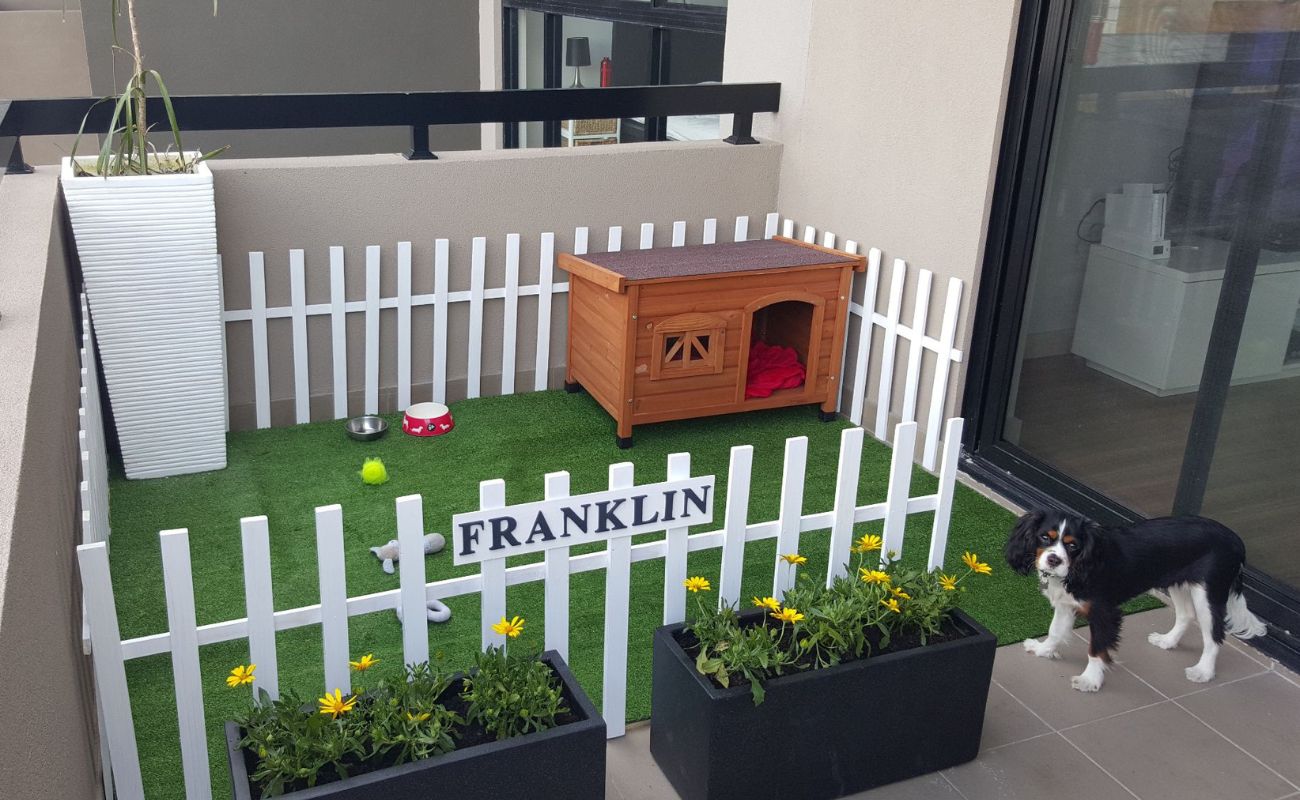

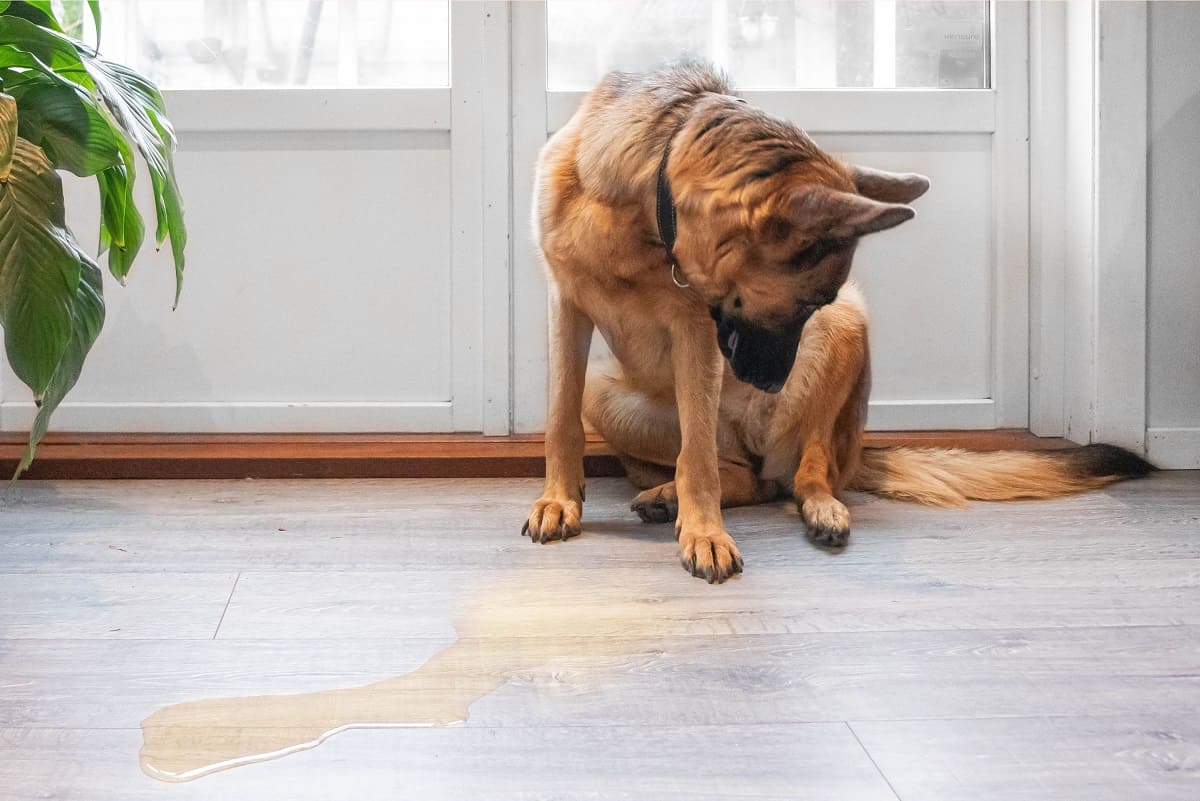
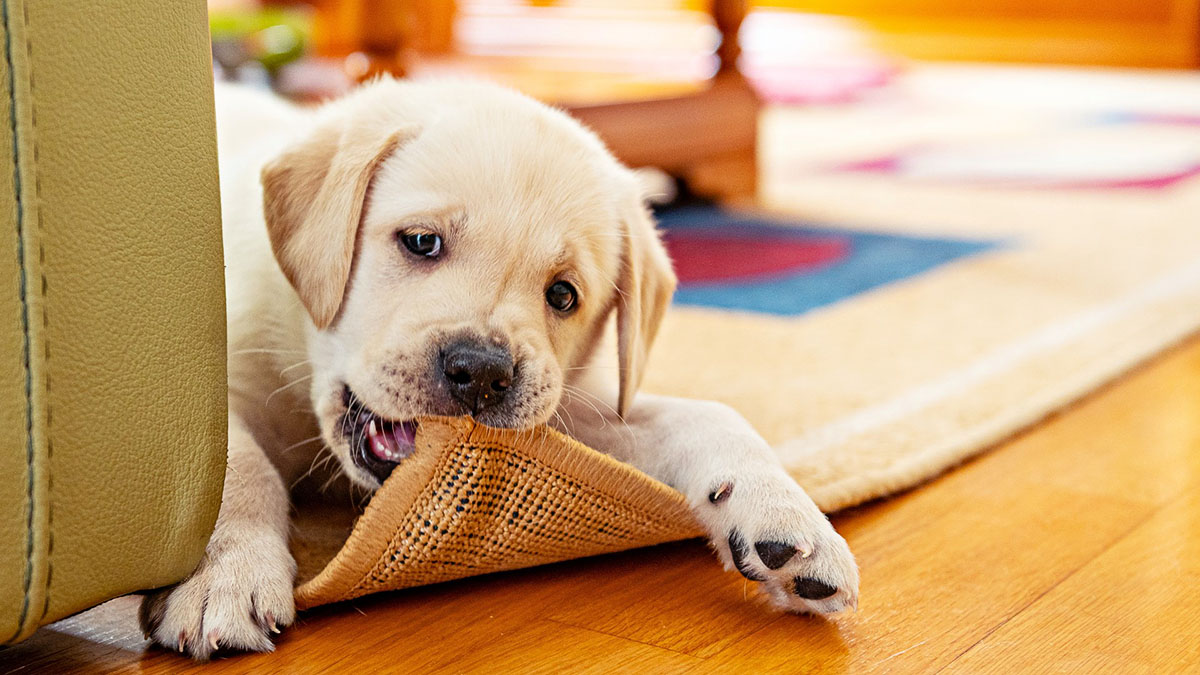
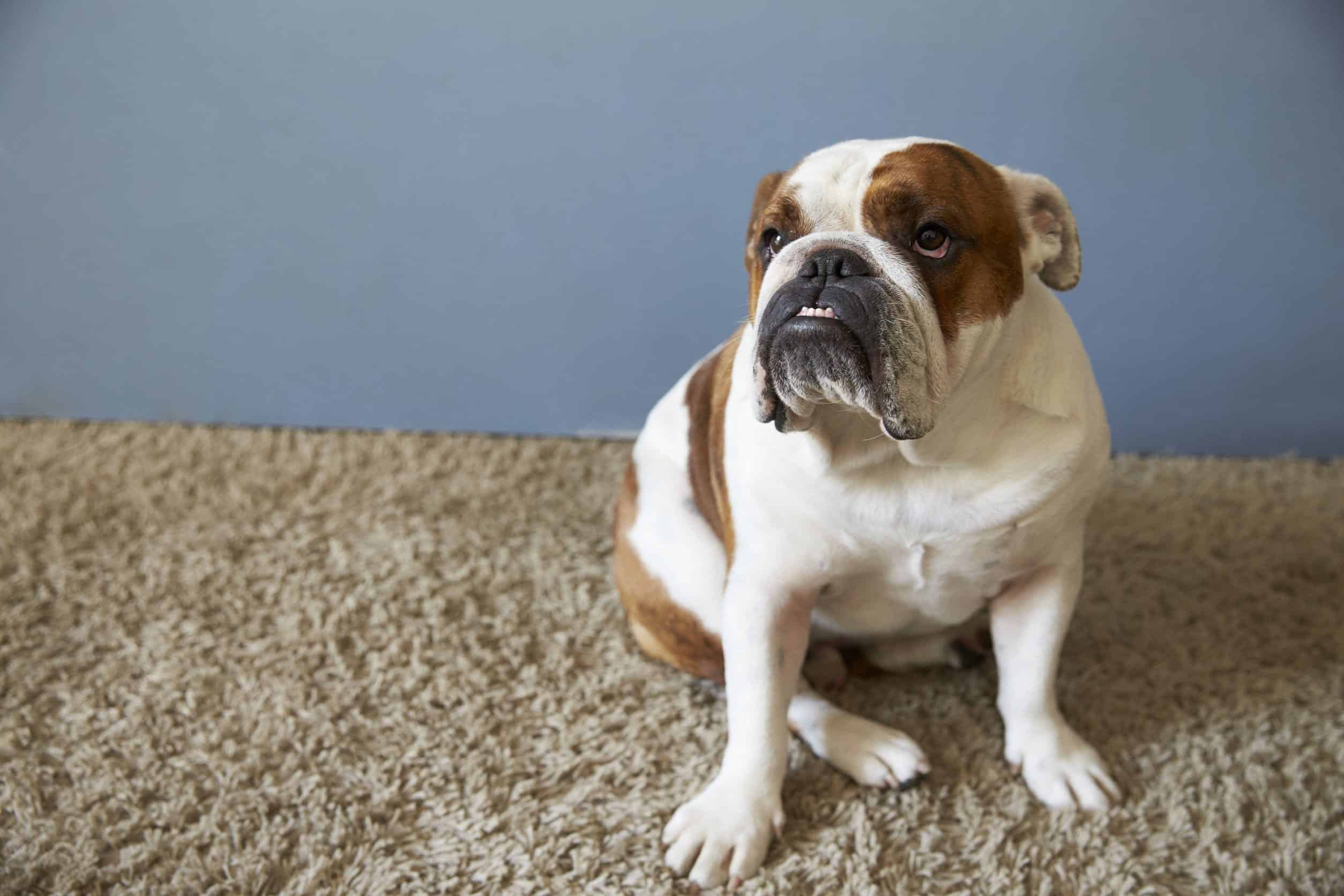

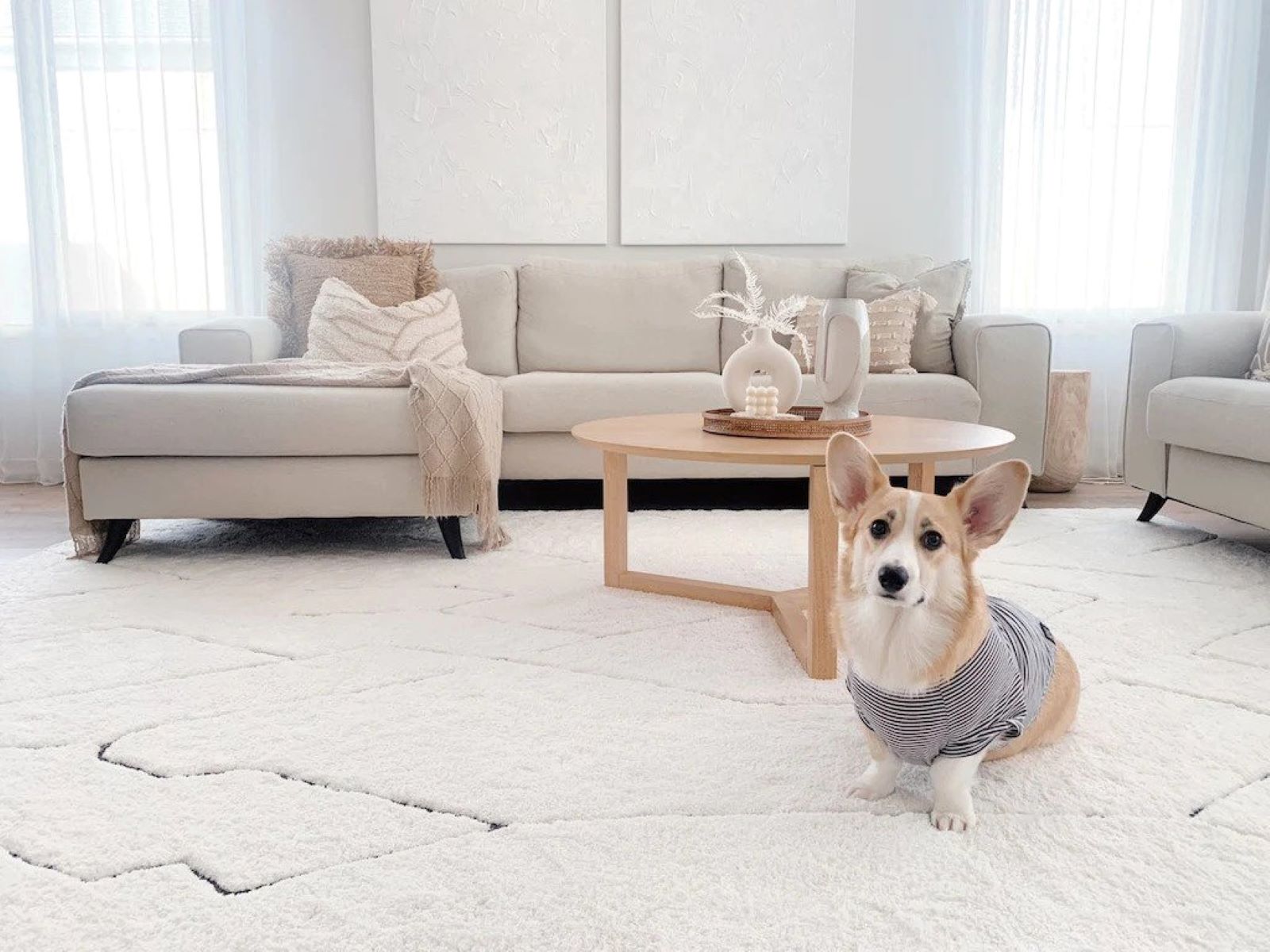

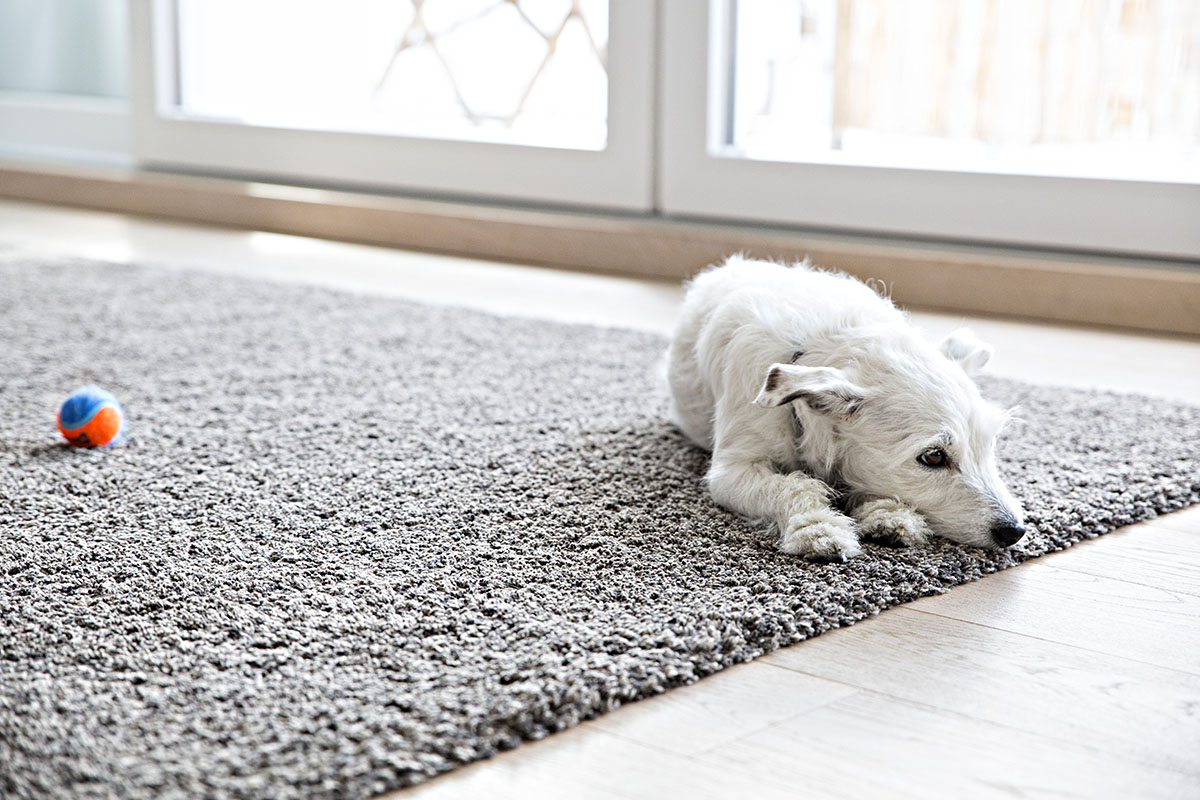
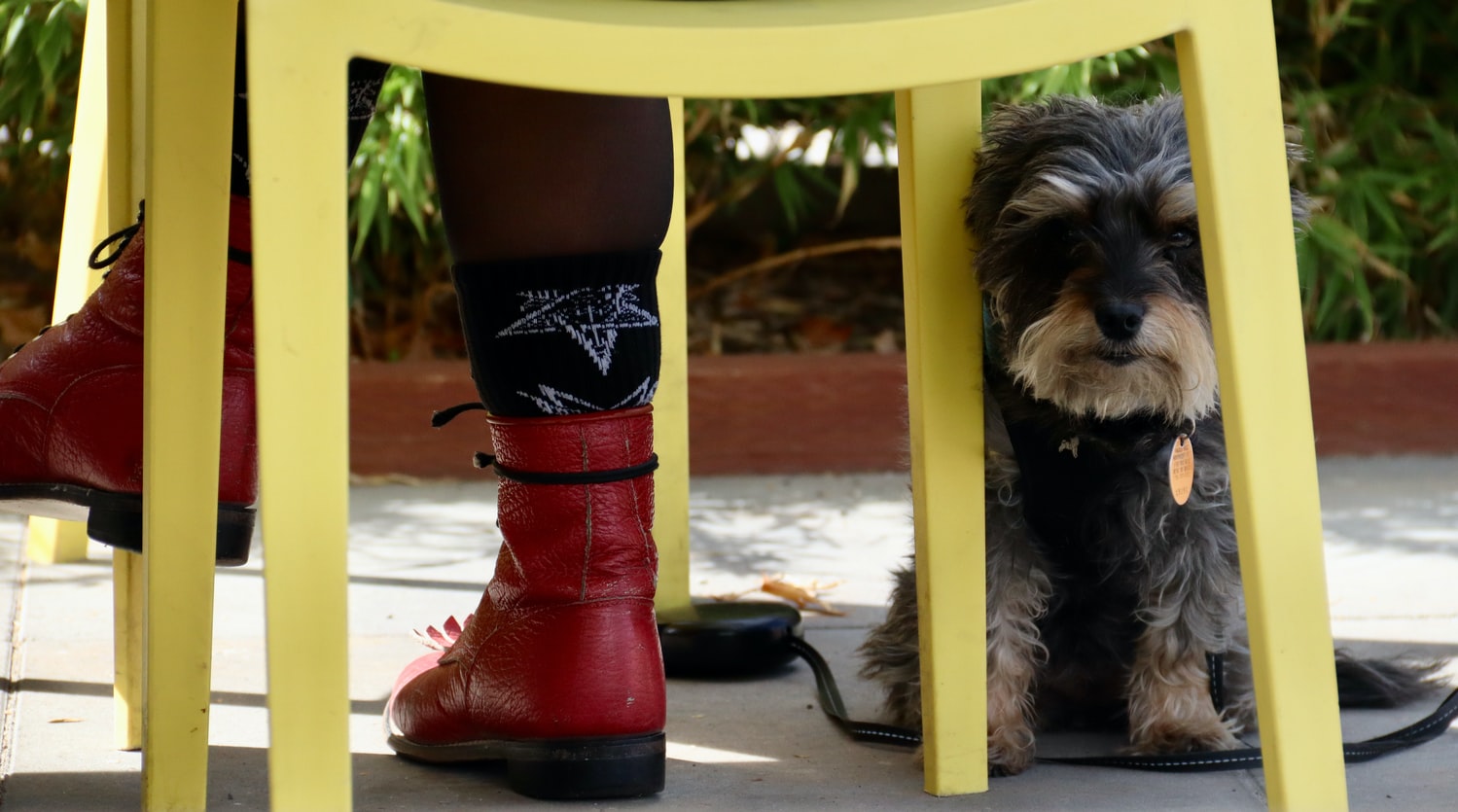

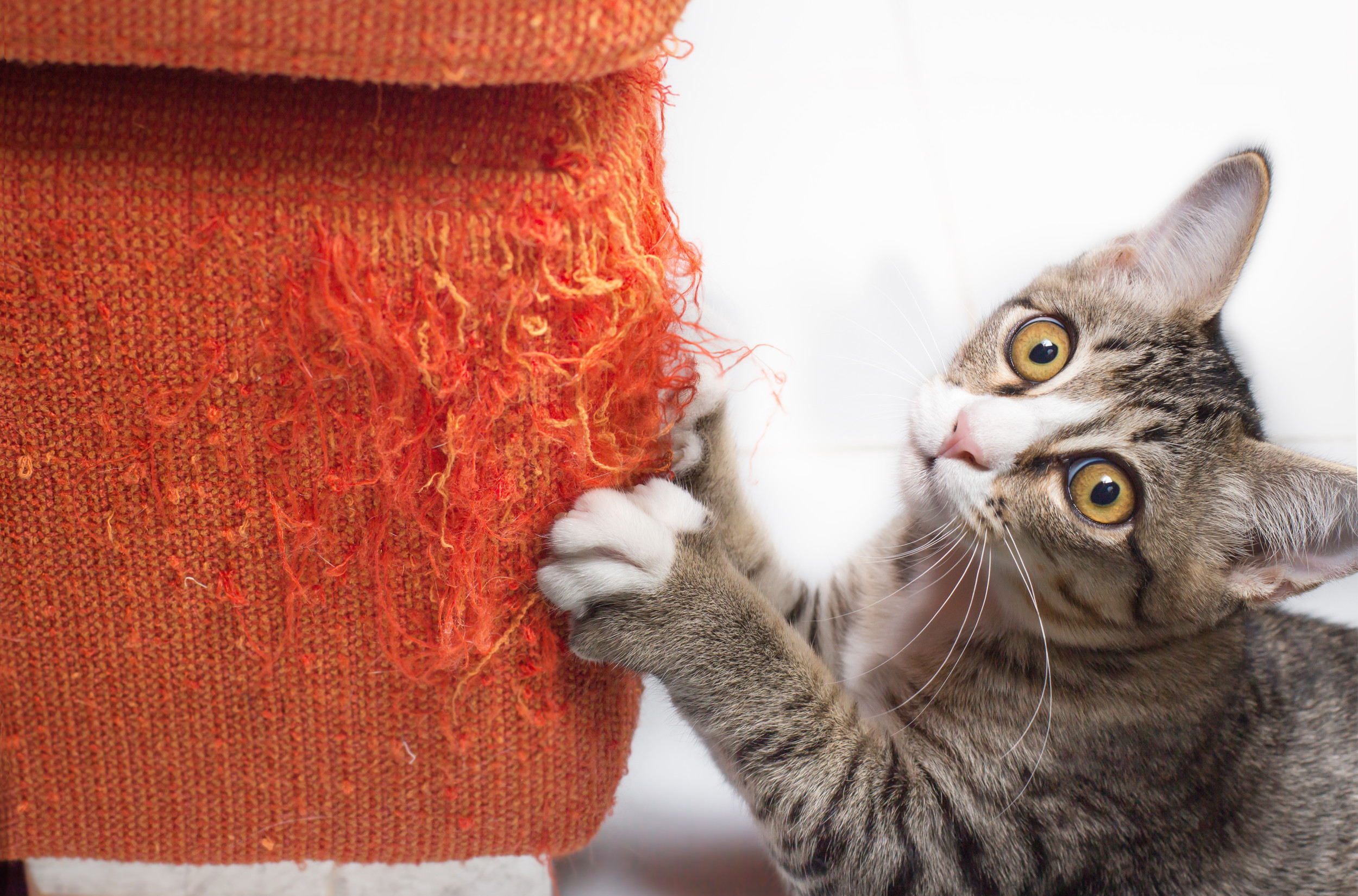
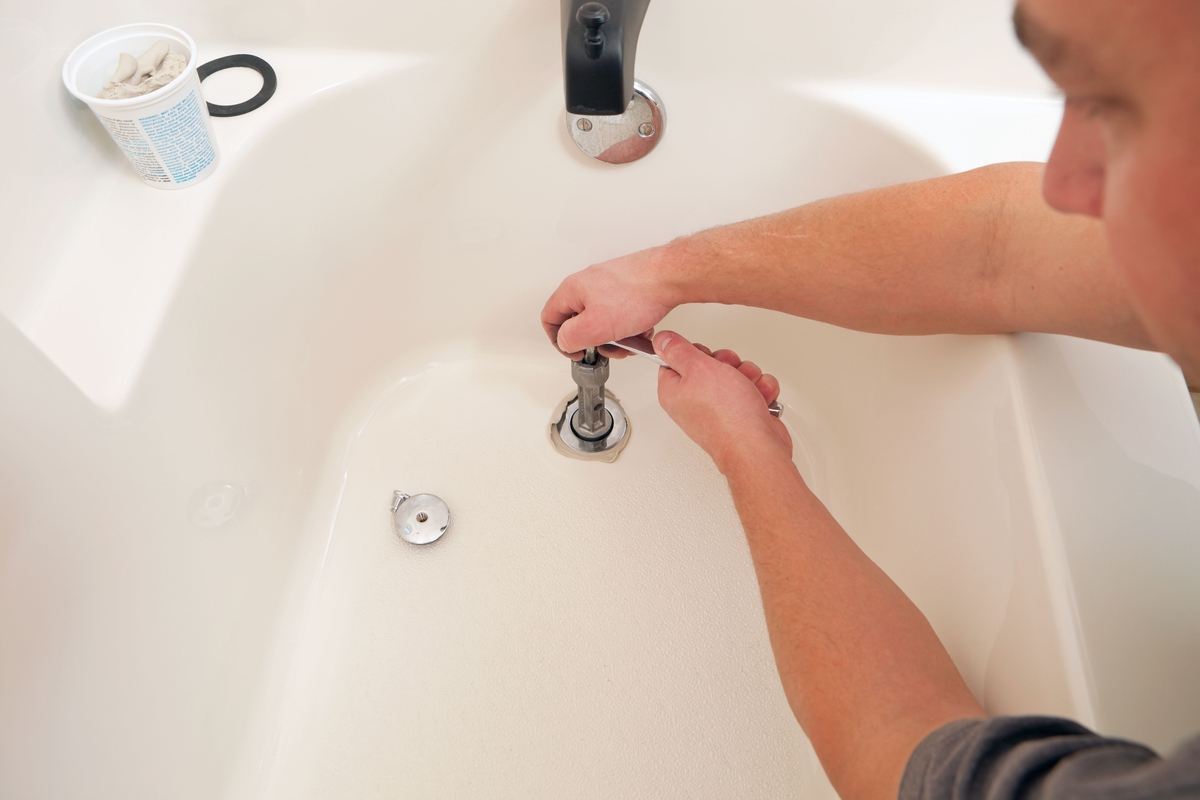
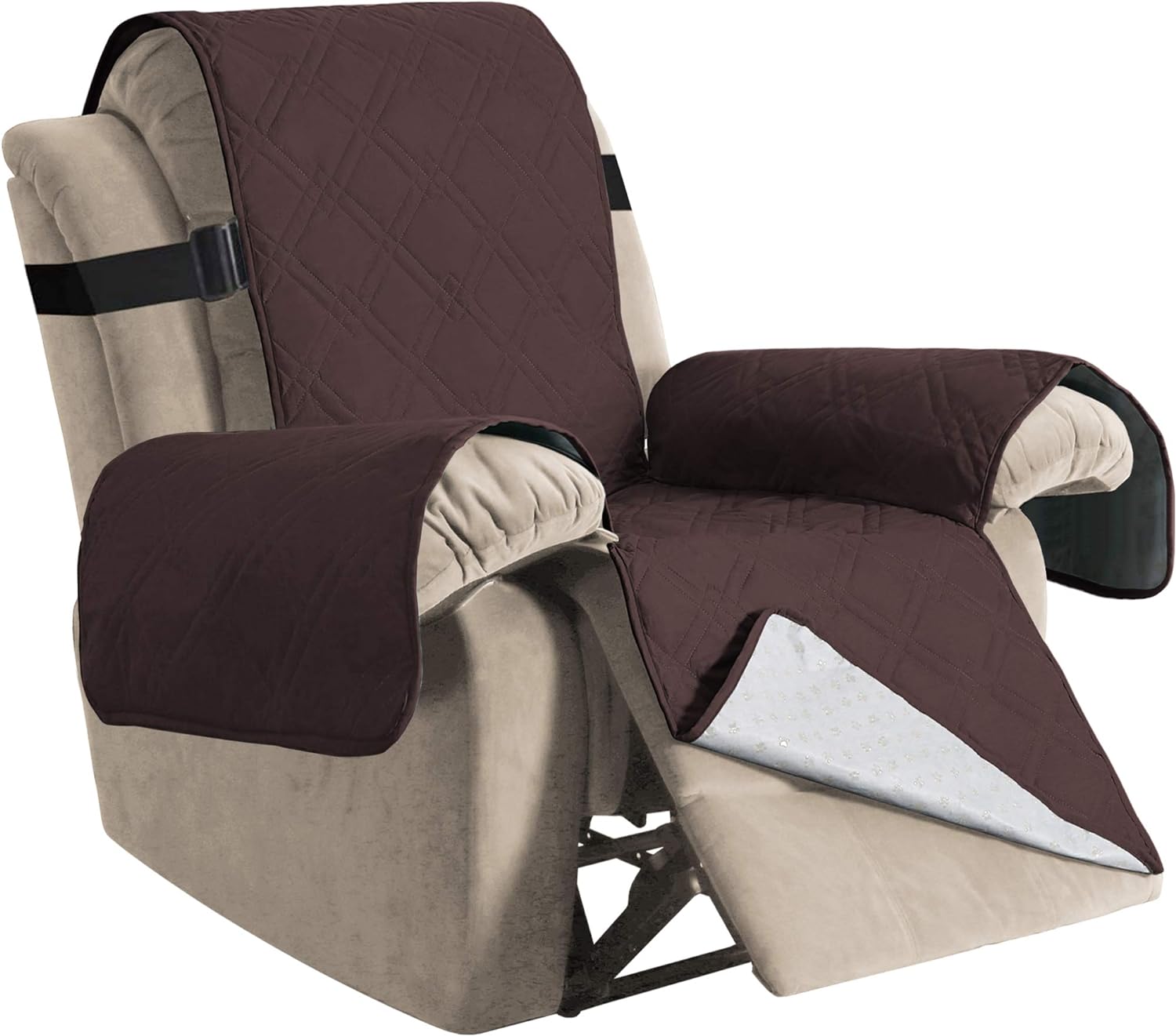

0 thoughts on “How To Stop Dogs From Chewing On Furniture”